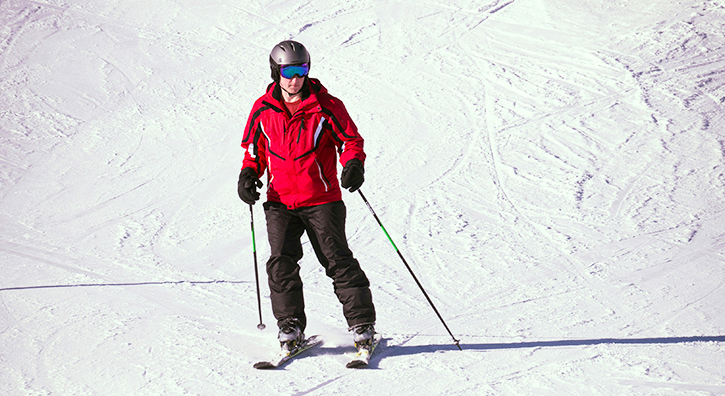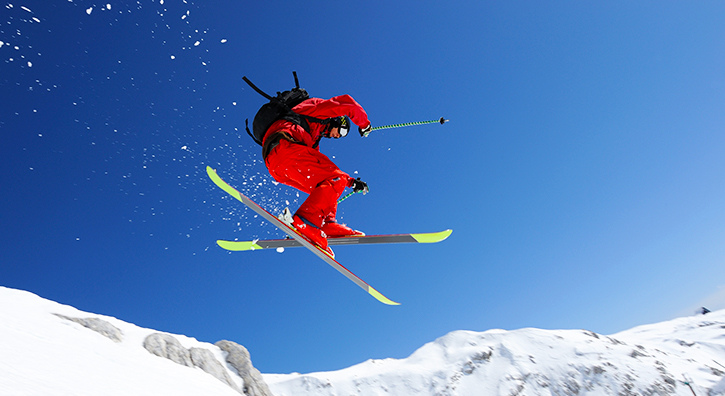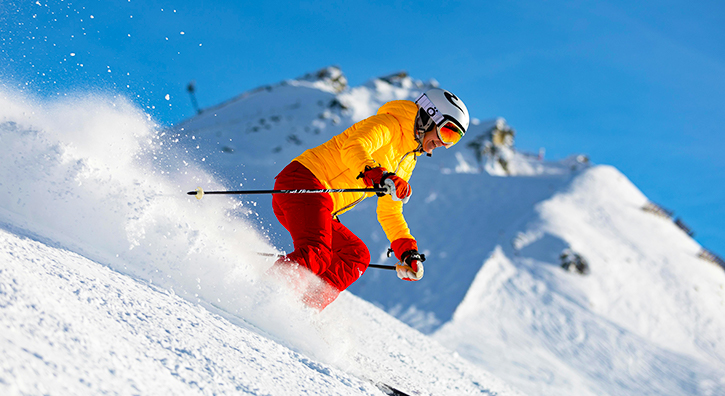0800 260 5082
Available from Monday to Friday from 9am to 7pm, and Saturday from 10am to 7pm. Closed on Sunday.
Available from Monday to Friday from 9am to 7pm, and Saturday from 10am to 7pm. Closed on Sunday.
Mountaineering is an intense and rewarding activity that allows adventurers to reach the summits of mountain peaks. Whether you are looking to challenge yourself with an easier route or push your limits on a technical climb, mountaineering offers something for every level and all people. From the first ascents on beginner-friendly routes to tackling high-altitude expeditions, it’s a sport that attracts people of all backgrounds. Whether you're planning a solo trip or a group outing with friends, mountaineering provides a unique, unforgettable experience in some of the world’s most scenic landscapes.
Each ascent brings a new point of achievement, and with the right guidance, you can progress at your own pace. From the level of difficulty to the global appeal of iconic peaks like the Alps or the Himalayas, mountaineering offers a rewarding challenge for everyone. Whether it's your first time on the mountain or you're an experienced mountaineer aiming for a more advanced summit, every journey offers a new point of personal growth.
Information about the route and weather conditions is the minimum key to your success. Whether you aim to ascend a famous peak like Mount Rainier or discover less-known summits, the guide will provide the most up-to-date information to ensure you’re well-prepared. Understanding the price of a mountaineering trip is also important; it can vary based on factors such as the minimum group size, length of the expedition, and the expertise of the mountaineer. When considering your trip, make sure to get all the necessary details about what’s included in the price and what’s expected from you. Whether you're planning a global adventure or a local ascent, the right guide will tailor the experience to match your level and help you reach new heights in your mountaineering journey.
Find out the best destinations for your ski holidays
For those seeking an Alpine experience, the French Alps are an iconic destination. Routes like Mont Blanc attract both beginner and expert mountaineers alike. Chamonix offers great options for both casual outings and expeditions, providing varied routes that range from easy glacial hikes to demanding ice climbs. For beginners, there are introductory courses that teach essential technique. Intermediate climbers can seek out more challenging sections, using crampon and axe to scale snowy ridges and rocky outcrops. Experienced mountaineers can take on legendary climbs, mastering the technique of mixed ascents, ice climbing, and rock scrambling. Whether you want to tackle your first mountain or aim for a higher grade of climb, a guide will be there to ensure the experience is safe and rewarding.
For those who seek more technical ascents, mountaineering includes routes where you need to employ advanced climbing techniques. Crampons and ice axes are often required for such climbs. These tools allow you to ascend frozen waterfalls, steep rock faces, or even traverse glaciers. Whether you're scaling the icy heights of Mont Blanc or tackling a high-altitude expedition, a skilled guide will help you hone your technique.

Booking a mountaineering adventure is essential to ensure you have the best experience possible. If you're planning to take on an expedition in the French Alps, be sure to research the route thoroughly, as some require a guide with specific experience in navigating these mountain ranges. Popular mountaineering destinations such as Chamonix may require advanced reservations to guarantee spots with a qualified guide.

Mountaineering demands the right clothing and equipment to ensure safety and comfort. Proper gear such as helmets, crampon, axe, and sturdy mountain boots are crucial for both safety and performance of the person. It's also essential to wear moisture-wicking base layers, insulating mid-layers, and waterproof outer layers to protect against the cold.
If you’re new to mountaineering, start with a gentle route that offers lower elevation gain. As you gain confidence and experience, you can choose more challenging routes and ascents. Be sure to select a guide who is experienced with your level of expertise. A seasoned professional can help you choose a route that fits your level, ensuring a safe and rewarding climb.

For a safe mountaineering experience, always listen to your guide’s instructions. Guiding professionals are familiar with the terrain, weather conditions, and any sections of the route that might require special attention. Following their advice will not only enhance your experience but also ensure the safety of the entire group.

After your climb, whether you’ve reached the summit or made a significant improvement in your technique, take time to enjoy your accomplishment. A warm meal at a local lodge or a celebratory drink at a mountain hut is the perfect way to end a challenging day.

To ensure a smooth trip, always carry essential items such as water, a first-aid kit, and a map. It’s important to understand that mountaineering can involve harsh weather and remote locations, so you should be prepared for anything. Check the weather forecasts before embarking on a climb, and be ready to turn back if conditions worsen.
Always wear a helmet and ensure you have the proper safety gear for the climb. Whether you’re doing a regular ascent or a more technical expedition, protecting yourself from falling debris or accidental slips is crucial.